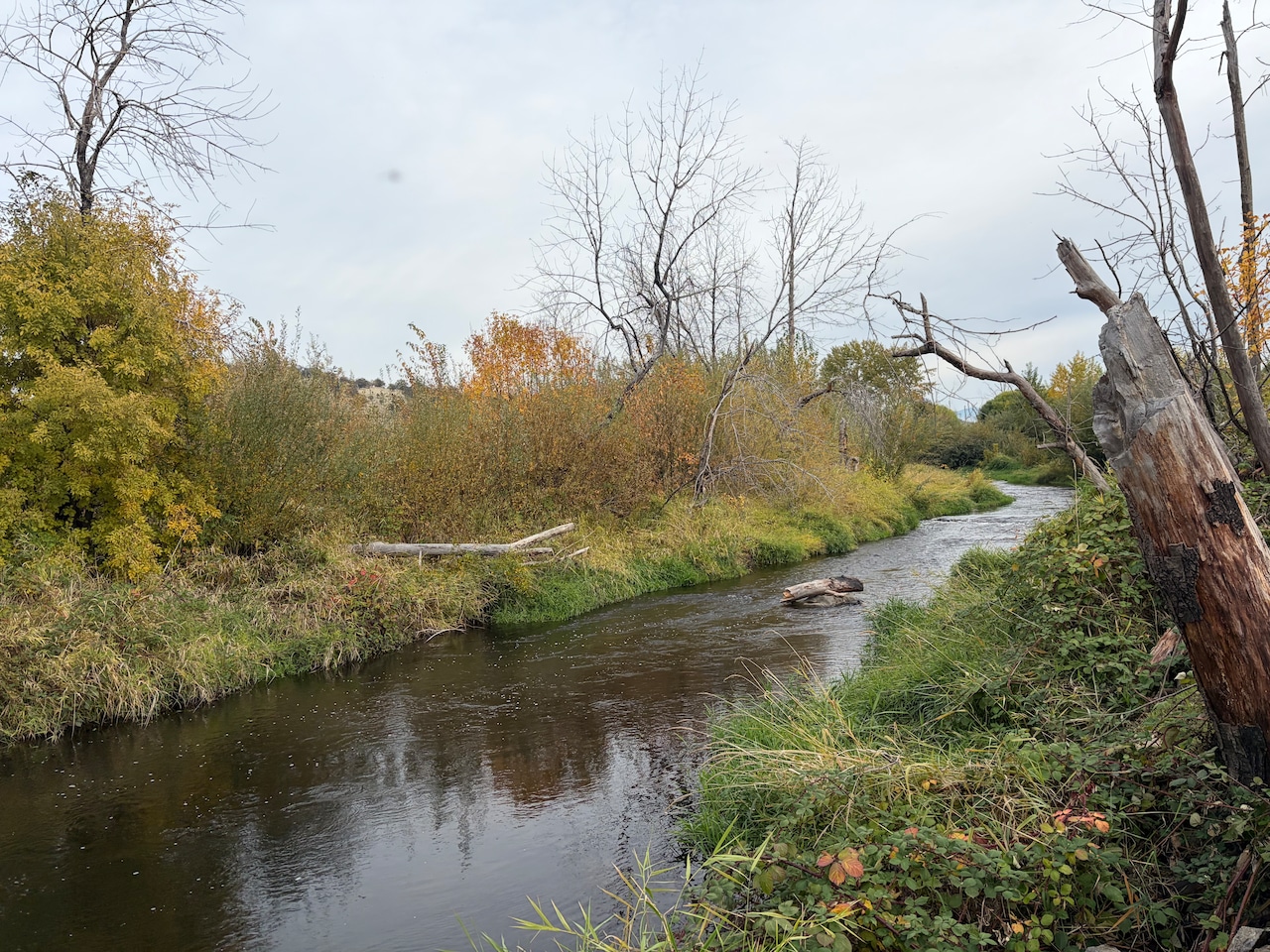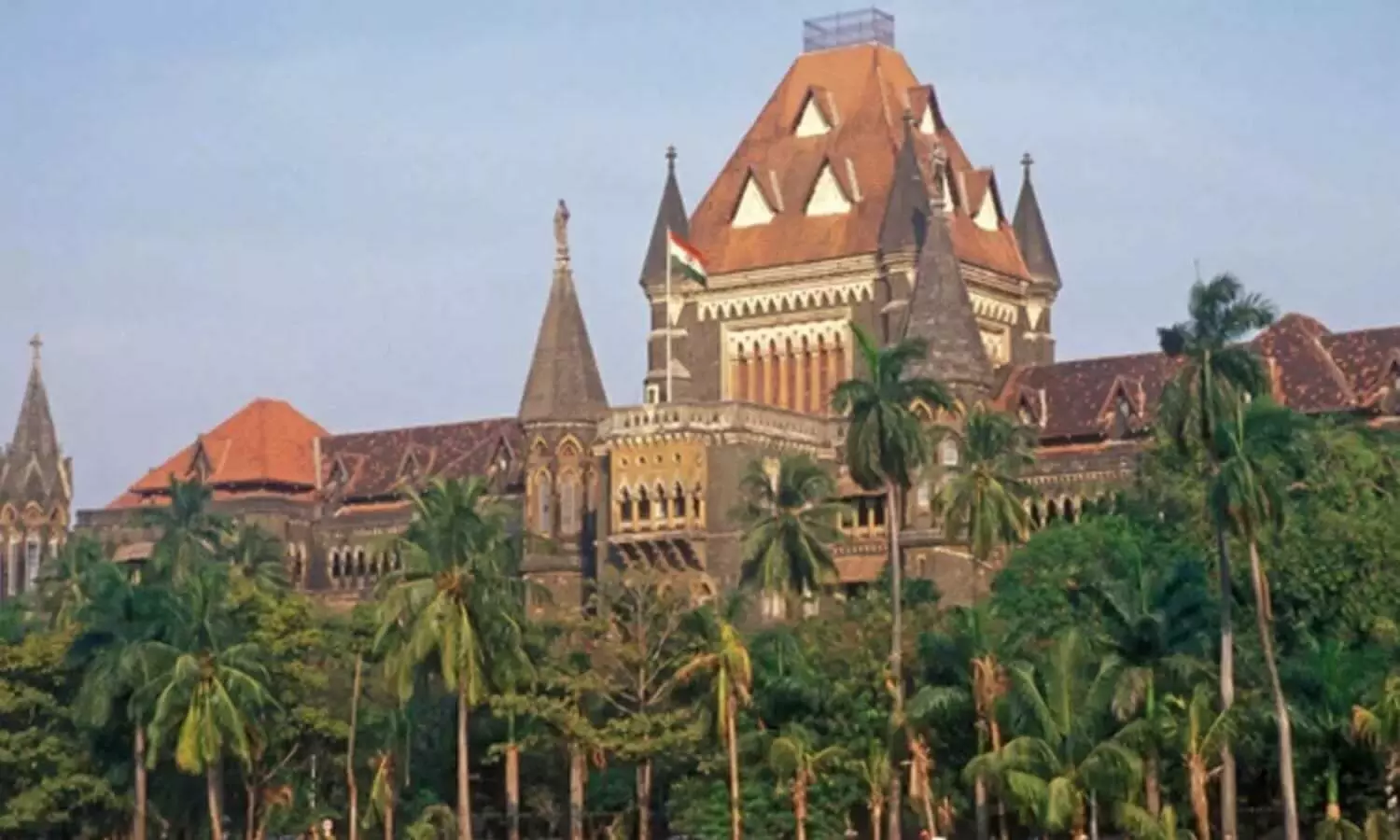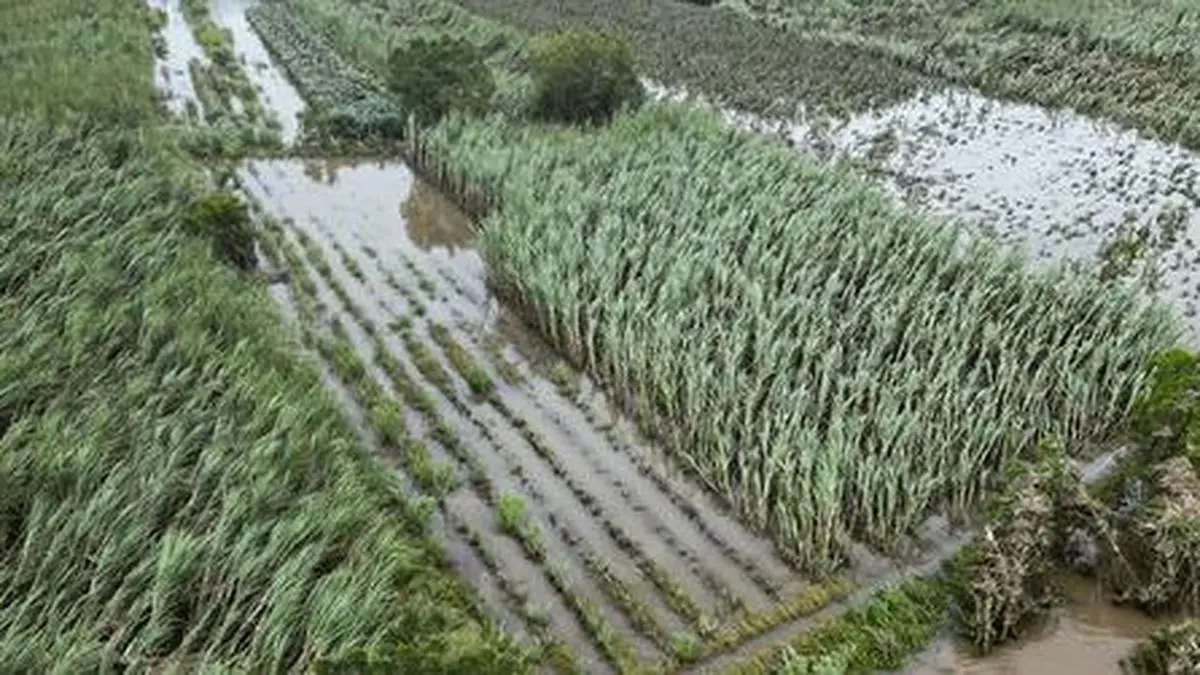Copyright The Oregonian

The wind-driven 2020 Almeda fire that destroyed thousands of homes and businesses in southern Oregon also burned down invasive blackberry bushes. Some were as high as six feet along Bear Creek, which flows almost 30 miles past a series of small cities, including Phoenix, until finally reaching the Rogue River. A section of the creek at Phoenix’s Blue Heron Park is now called the Miracle Mile, thanks to an off-duty hydrogeologist who soon after the fire accidentally stepped into a long-forgotten spring. That turned out to be one of 16 springs that had been blocked from the creek 75 years ago after northbound Oregon 99 was redirected. A berm, as high as nine feet in places, blocked the view of the creek from people using the Bear Creek Greenway. The berm has been removed and people can now put their toes in the water and dream big. Residents are thinking a bridge over the creek could be a walkable connection between the east and west sides of the city. On Saturday, people will gather at a newly accessible mouth of Bear Creek at Blue Heron Park to celebrate three years of grading that finally allows the streams and the creek to reunite. The free event from 9 a.m. to 1 p.m. at 4385 S. Pacific Hwy. highlights Indigenous stewardship of the land. Activities include a guided walk along the Miracle Mile, tribal arts demonstrations and information on the Oregon Peace Trail initiative. The trail hopes to connect 308 miles of paths from Oregon City south to the World Peace Flame monument in Ashland. The Rogue River Watershed Council led the work of reconnecting Blue Heron Creek with Bear Creek, enhancing habitat and water quality for aquatic life, and creating a place for people to gather. Boulders hauled in for the berm now serve as seating for a creekside space for educational and community engagement events. Two side-by-side boulders mark a spot on the creek used by an outdoor preschool. Ashland-based Lomakatsi was invited to the event to acknowledge the nonprofit organization’s 30 years of restoring ecosystems on a vast scale, including the Bear Creek watershed, for the benefit of wildlife, communities, cultures and economies. Belinda Brown, who leads Lomakatsi‘s Inter-Tribal Ecosystem Restoration Partnership program, said, “We are bringing people together to connect with the earth and the land in a sacred way.” Presenters will also share the “powerful convergence” of restoration science and ecological knowledge of the original people, as Lomakatsi crew members executive year round, she said. Brown said since time immemorial, it has been “aboriginal people’s commission to care for these land,” taking a holistic approach that forests, woodlands and uplands are tied to the valley bottoms and aquatic habitat. “It is all of our commission now,” she said. Brown has arranged for the event honoring Native American Heritage Month to start with a prayer and land acknowledgement, followed by drumming, singing and presentations from Indigenous traditional leaders. There will also be willow planting for bank stabilization, basket weaving demonstrations and author David Lewis, a member of the Confederated Tribes of Grand Ronde and a descendant of the Takelma, Chinook, Molalla and Santiam Kalapuya people, will speak on the importance of the land’s ancestral geography. Lomakatsi means "life and balance" in the Hopi language, said the restoration organization’s founder Marko Bey, and since its start in 1995, “Elders have provided leadership and prayer, and they will be there to lead this event.” Many helping hands “It’s not about me,” said hydrogeologist Robert Coffan, who unearthed the 16 springs. Coffan credits the Blue Heron Creek project’s success to a community of volunteers, starting with the Save the Phoenix Wetlands, a group of people he gathered together five years ago who were concerned about land development after the fire. Like the year-round streams providing clean, cool water that benefit salmon, birds and wetlands needed by other wildlife, many volunteers and experts contributed to the eco-restoration project. Coffan has seen the project inspire artists and the Phoenix Art & Culture Council, embraced by outdoor education programs like the Blackberry Academy and appreciated by people who sit by the newly exposed streams, off the main greenway. The removal of the dense blackberries also unearthed another forgotten story. In the 1920s, a dairy farm used the springs to keep containers of fresh milk cold. Visitors to Blue Heron Park can see the concrete footprint of the long-gone milk house.



